When was AIDS defined as a chronic disease?
It has been only 30 years since the first case of AIDS was discovered and named. When AIDS patients were first detected, the disease progressed quite rapidly, because by the time they were detected, they had passed the incubation period and had already developed the disease.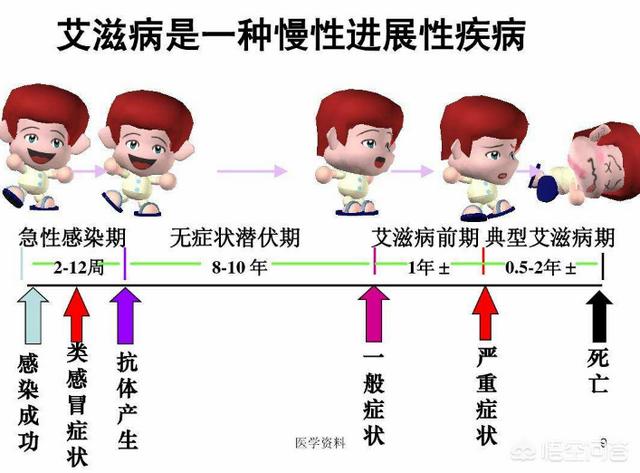
Until 1995, when clinical trials of AIDS "cocktail" therapy began, and when it was actually applied in the clinic, the cost was very expensive at the beginning, and it was only after the successful development of China's home-made medicines that the cost was lowered and generalized application was achieved. This has made AIDS a chronic disease, and a 2010 article in The Lancet mentioned that the combination of antibiotics with "cocktail therapy" improves the likelihood of successful treatment.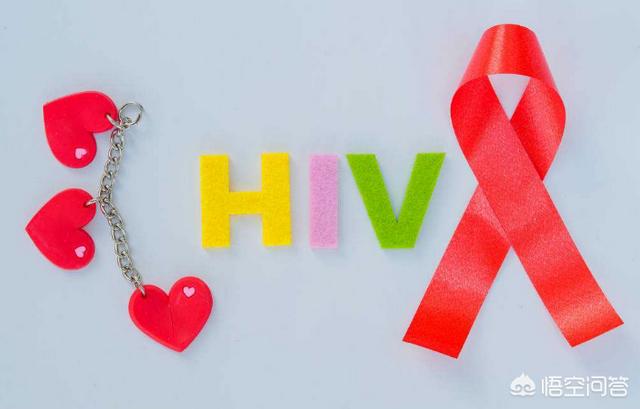
So now, if detected in time, treated as early as possible, the virus count is properly controlled and immunity is maintained at a good level, the life expectancy of HIV carriers can even approach that of the general population. So indeed it is already a chronic disease like hypertension and diabetes that requires lifelong medical intervention, with the difference that it is contagious. That's why AIDS is called a communicable chronic disease. And hypertension and diabetes are called non-communicable chronic diseases. If I had to say when it was defined as a chronic disease, it would be when "cocktail therapy" was proven to be successful in treating AIDS!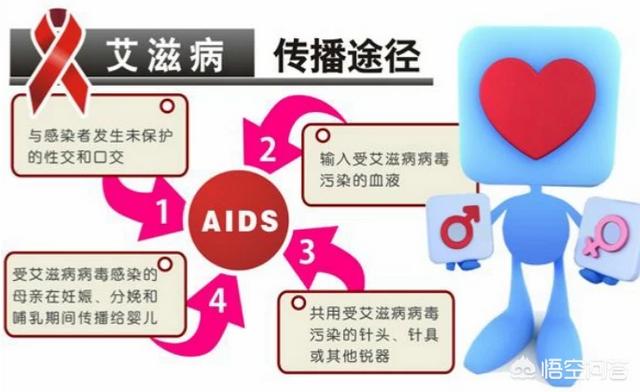
So, although AIDS is incurable and there is no effective vaccine. However, with the continuous development of medicine today, AIDS is already a chronic disease that is preventable and controllable, and is not as terrible as imagined! As long as we pay attention to prevention, we will not be infected with HIV; and if we are infected with HIV, as long as we actively seek treatment as soon as possible, we can also have a better life and quality of life!
That's all there is to say about this issue. I am a CDC doctor and dietitian, mainly sharing knowledge related to disease prevention and nutritional health, interested in my published articles, have questions Ye can leave a message to consult, exchange or private message.
Domestic about AIDS has become a chronic disease was first seen in 2010, in Wang Yanjun's "AIDS is not a terminal disease is a chronic disease". In fact, in the previous clinical work, many people realized that AIDS can be prevented and controlled through treatment, and AIDS can be controlled through medication just like diabetes and hypertension, and it is not surprising that AIDS is considered a chronic disease.
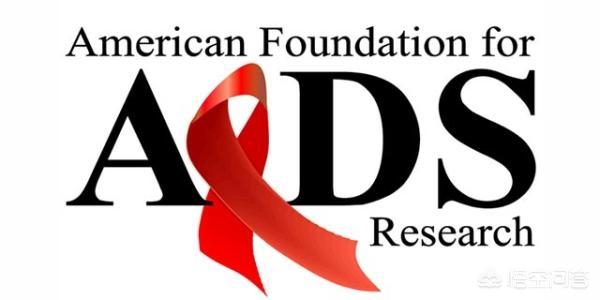 However, as far as medical science is concerned, AIDS is considered a chronic disease, and although it is contagious, the spread of AIDS can be greatly avoided by paying attention to the three ways in which the disease is transmitted. However, apart from being a disease, AIDS has many more social meanings. Discrimination in society still exists, and AIDS patients mostly hide their condition or do not go for testing immediately after having high-risk behaviors, which results in the late discovery of AIDS, and by the time it is discovered, it has already reached an advanced stage of AIDS, and it is difficult to control opportunistic infections or tumors even if antiretroviral drugs are taken. This is also the reason why, from the discovery of AIDS in 1981 to the end of the 1990s, a patient suffering from AIDS was considered to be terminally ill.
However, as far as medical science is concerned, AIDS is considered a chronic disease, and although it is contagious, the spread of AIDS can be greatly avoided by paying attention to the three ways in which the disease is transmitted. However, apart from being a disease, AIDS has many more social meanings. Discrimination in society still exists, and AIDS patients mostly hide their condition or do not go for testing immediately after having high-risk behaviors, which results in the late discovery of AIDS, and by the time it is discovered, it has already reached an advanced stage of AIDS, and it is difficult to control opportunistic infections or tumors even if antiretroviral drugs are taken. This is also the reason why, from the discovery of AIDS in 1981 to the end of the 1990s, a patient suffering from AIDS was considered to be terminally ill.
 Later, after the "cocktail antiretroviral therapy" proposed by Mr. He Dayi in 1996, the control of AIDS slowly tended to become a chronic disease, especially with the successful research and development of antiretroviral drugs in China and the implementation of the policy of "four exemptions and one care". It is thanks to the implementation of these effective measures that AIDS has become a preventable and controllable chronic infectious disease.
Later, after the "cocktail antiretroviral therapy" proposed by Mr. He Dayi in 1996, the control of AIDS slowly tended to become a chronic disease, especially with the successful research and development of antiretroviral drugs in China and the implementation of the policy of "four exemptions and one care". It is thanks to the implementation of these effective measures that AIDS has become a preventable and controllable chronic infectious disease.
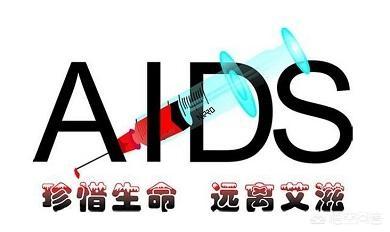 Therefore, for AIDS do not have to fear, but also can not lose the fear of heart. Although AIDS is currently preventable and controllable, but it is not a reason for you to mess around, loyal to their partners, cleanliness, learn to protect themselves; at the same time, if there has been a high-risk behavior has not taken protective measures, be sure to go to the CDC or general hospitals for testing, found that the treatment can be taken the initiative in the prevention and treatment of AIDS. Health is valuable and should be cherished!
Therefore, for AIDS do not have to fear, but also can not lose the fear of heart. Although AIDS is currently preventable and controllable, but it is not a reason for you to mess around, loyal to their partners, cleanliness, learn to protect themselves; at the same time, if there has been a high-risk behavior has not taken protective measures, be sure to go to the CDC or general hospitals for testing, found that the treatment can be taken the initiative in the prevention and treatment of AIDS. Health is valuable and should be cherished!
Follow the headline "talk about public health", to learn more about health knowledge!
When was AIDS defined as a chronic disease?
First let's understand the definition of chronic disease. Chronic disease: a general term for diseases that are not contagious and have the potential to cause damage in the form of disease accumulated over a long period of time. Chronic diseases can lead to great harm, and once the prevention and treatment are not adequate, they can cause harm to the economy, life and other aspects.
However, it is well known that AIDS is contagious and can be transmitted in three main ways: blood, sex, and mother-to-child.
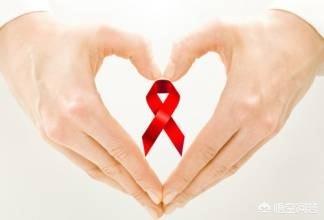
It is true that AIDS is not a chronic disease by definition, but it is true that AIDS is slowly becoming a chronic disease. This statement appeared as early as 2012. It was used in a 2012 China Youth Daily interview with Wu Zunyou, director of the Center for the Prevention and Control of STDs and AIDS and director of the Intervention Unit at the Chinese Center for Disease Control and Prevention (CDC). AIDS is becoming a chronic disease, just like treating diabetes with insulin or controlling high blood pressure with antihypertensive drugs," Wu said. People infected with HIV who adhere to antiretroviral treatment can, ideally, live to the average life expectancy. This is where the idea that AIDS is becoming a chronic disease began.

By definition it meets all the conditions of a chronic disease except that AIDS is contagious. Untreated it is life threatening. It does seem reasonable to categorize it as a chronic disease. In 2015, NetEase featured an interview with the World Health Organization (WHO) titled - Interview with WHO: AIDS is becoming a manageable chronic disease.
Although scientists continue to make breakthroughs in AIDS research, there is still no cure. The obstacle is not only the limitations of medicine itself, but also the lack of common sense. Aggressive prevention and treatment has considerable practical significance; after all, AIDS has gradually transformed itself from a "terminal disease" into a manageable chronic disease, just like hypertension, hyperlipidemia and diabetes.
I am specialized in AIDS prevention and treatment at the CDC, please follow the private message for any questions. Please forward it to let more people know about HIV and AIDS prevention and treatment, thank you.
This question and answer are from the site users, does not represent the position of the site, such as infringement, please contact the administrator to delete.